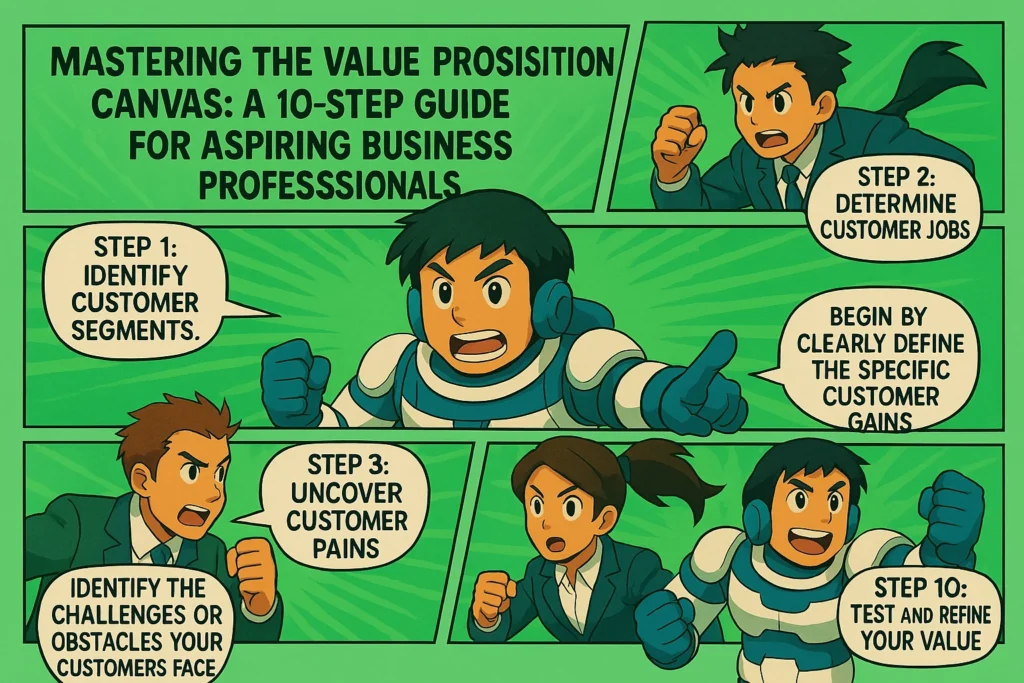Competitive Analysis: Your Blueprint for Market Domination
You’re not just building a business; you’re entering a battle. Competitive analysis isn’t a “nice-to-have”—it’s your intelligence brief. It’s the ruthless process of dissecting your rivals: their moves, their vulnerabilities, their customer base. Without this intel, you’re flying blind, leaving your fate to chance. And chance isn’t a strategy for winners.
Why Competitive Analysis Is Non-Negotiable for Business Growth
This isn’t about copying; it’s about strategically outmaneuvering. Here’s why skipping competitive analysis is a luxury you can’t afford, and how embracing it becomes your unfair advantage:
- Uncover Gold: Pinpoint critical market gaps and unmet customer needs your rivals are ignoring. This is where innovation lives.
- Price to Win: Stop guessing on pricing. Understand what the market will bear and what your competitors charge, then position for profit, not just parity.
- Navigate the Landscape: Identify saturated zones to avoid and lucrative niche opportunities where you can own the space.
- Learn from Losses (Theirs): Why make the same mistakes? Analyze competitor failures to forge a path of continuous improvement, saving time and capital.
- Sharpen Your Edge: Ruthlessly compare your value proposition. Know precisely why you’re better, or how you will be. This isn’t about copying; it’s about surpassing.
The 6 Phases of Ruthless Competitive Analysis
Phase 1: Know Your Adversaries
Who are they, really? Direct rivals, indirect threats, and emerging disruptors. Use tools like Google, Crunchbase, and SimilarWeb not just to find names, but to scope out their entire ecosystem.
Phase 2: Dissect Their Arsenal
What are they selling? What features? What’s their pricing strategy? Dive deep into their websites, app stores, and customer feedback platforms like G2. Leave no stone unturned.
Phase 3: Gauge Their Footprint
How visible are they? What’s their traffic? Their brand strength? Leverage serious tools like SEMrush, Ahrefs, and BuzzSumo to map their digital dominance and market presence.
Phase 4: Understand Their Tribe
Who loves them, and why? Who hates them, and why? Scour customer reviews, testimonials, and public forums like Reddit and Trustpilot. Their customers’ voice is your goldmine for competitive insights.
Phase 5: SWOT Your Way to Victory
Implement a ruthless SWOT analysis or a competitor feature matrix. This isn’t academic; it’s about benchmarking your offerings to expose their weaknesses and magnify your strengths. Know precisely where you stand.
Phase 6: Seize the White Space
Overlay market needs with competitor blind spots. This is where you find your positioning opportunity—the underserved niche, the unaddressed pain point. This is where you win. Map your strategic gaps for clear business development.
Advanced Frameworks for Strategic Battle Planning
For those serious about strategic advantage, these frameworks provide deeper layers of analysis:
- Porter’s Five Forces: Understand the fundamental competitive forces shaping your industry. This isn’t just theory; it’s about understanding the battlefield.
- Strategic Group Mapping: Visualize the strategic positions of your competitors. See where they play, and where you should dominate.
- Perceptual Mapping: Get inside the customer’s mind. How do they perceive various brands and products? Find your unique position and elevate your value proposition.
Your Competitive Intelligence Checklist: Execute This Now
This isn’t a suggestion; it’s your baseline for success. Don’t launch blind. Don’t guess. Execute this rapid-fire checklist:
- Competitor Types: Google, Crunchbase, SimilarWeb – identify your threats, direct and indirect.
- Offerings: G2, App Stores, Product Pages – dissect their products, features, pricing, and market positioning.
- Brand Reach: SEMrush, BuzzSumo – measure their market presence, their digital footprint, their market share.
- Customer Insights: Reddit, Trustpilot – listen to their customers, find the pain points, uncover unmet needs.
- Strengths/Weaknesses: SWOT, Comparison Matrices – uncover their vulnerabilities, highlight your superiority, benchmark your development efforts.



